Why Product Design Matters: A 4-Step Guide to Prototyping the Right Way
Creating an app or a web app that resonates with users requires more than just a good idea.
You need a clear, structured process to guide your vision from concept to reality. But how do you achieve that?
Here’s where the power of product design comes into play.
Whether you're a startup looking to make your mark or an established business trying to solve new problems, nailing the design from the get-go is key. And the product prototyping process is designed exactly for that.
Why Product Prototyping Matters
Before jumping into development, validate your idea through product prototyping. Think of it as a “try-before-you-buy” approach.
It helps you avoid building a product no one needs, saving you time and resources. A structured process with clear steps ensures that what you’re designing isn’t just cool, but actually useful and user-centered.
Our process, which we use and teach about, revolves around 4 main stages: Discover, Define, Ideate and Prototype. These steps ensure you don’t skip any necessary steps, keep you on track and design with your users and the market in mind.
Step 1: Discover – Understanding the Market & Your User Needs
Every great product starts with discovery. Here, you’re diving deep into market research—who are your competitors, what are they offering, and more importantly, what are they missing?
This stage is about getting real insights into user problems and tasks.
For example, we use tools like a thorough Market Research Questionnaire to help our clients gather crucial data on their users. This ensures that your product doesn’t just exist in the market but fills a real gap, resolves a real problem.
The discovery phase also uses frameworks like Jobs To Be Done (JTBD) to understand exactly what users are trying to achieve.
The JTBD framework helps you nail down the core job a user needs done, the context in which they need it, and the pain points they face. With this, you're not guessing what your users want—you know.
Step 2: Define – Narrowing Down the Problem
Once you’ve gathered all this information, it’s time to synthesize and define your core challenges.
Defining the problem means refining everything you’ve learned in the discovery phase to focus on specific user needs. At this point, we start to create Point of View (POV) statements. These statements articulate what users need and why they need it, ensuring that your development efforts stay laser-focused on solving the right problem.
A simple example of a POV statement might be: “A fitness enthusiast who works out regularly needs a way to track their progress without manually logging every detail.” From there, you can start brainstorming how to solve that problem.
One tool we love using here is the How Might We (HMW) questions. HMW questions transform user insights into actionable brainstorming prompts. For instance, “How might we make tracking fitness progress as effortless as possible?” This kind of creative questioning sparks original solutions that are user-centered and practical.
Step 3: Ideate – Structuring & Planning the User Journey
You’ve defined your product's core challenges and key features, so now it’s time to move into the ideation phase. Here, we’ll plan the structure and layout of the product together.
This step is important because it ensures that users can navigate the product smoothly and intuitively. We start by creating the information architecture, which serves as a blueprint for how the content and features will be organized.
The goal here is to design a product that makes it easy for users to find what they need without confusion. By carefully planning the structure, we ensure the user journey is smooth from start to finish.
Next, we move on to creating wireframes. Wireframes are low-fidelity mockups of the product that focus on layout and functionality.
These are not polished designs yet, but they provide a clear visual framework for how the interface will look and operate. Wireframes help us test and refine early ideas by gathering feedback and ensuring that the flow of information aligns with user expectations. This early-stage design helps you avoid costly mistakes later on.
Step 4: Prototype – Your Final Step
After refining the wireframes, it’s time to step up to high-resolution design. At this stage, we create visually appealing interfaces that incorporate your branding and a sleek, polished user interface (UI).
This phase is all about ensuring your product not only functions well but also looks professional and inviting. The designs are built with attention to every detail, from color schemes and typography to interactive elements.
Once the visual designs are finalized, we build an interactive prototype. This clickable version of your product allows users to interact with its main features, giving you a hands-on tool to test and validate the design before moving into full development.
Using this method, we’ve successfully helped companies like VCash and Ubongo fine-tune their products before launching. With a working prototype, you can gather valuable feedback from stakeholders and users, ensuring the final product is ready for development and made for success.
Next Steps
So you see, following a four-step plan— like Discover, Define, Ideate, and Prototype—can help you transform an initial idea into a user-centric, market-ready product.
Each stage is carefully crafted to ensure that the final product not only solves real problems but also resonates with users and performs beautifully in the real world.
You know, building the right product starts with asking the right questions and taking the right steps. And after doing this over and over again for years, we know exactly how to challenge you.
Whether you're looking to validate an idea, design a sleek user experience, or create a clickable prototype that turns heads, our product prototyping process is designed to guide you from concept to launch with confidence.
What challenges are you currently facing in your product development journey?


